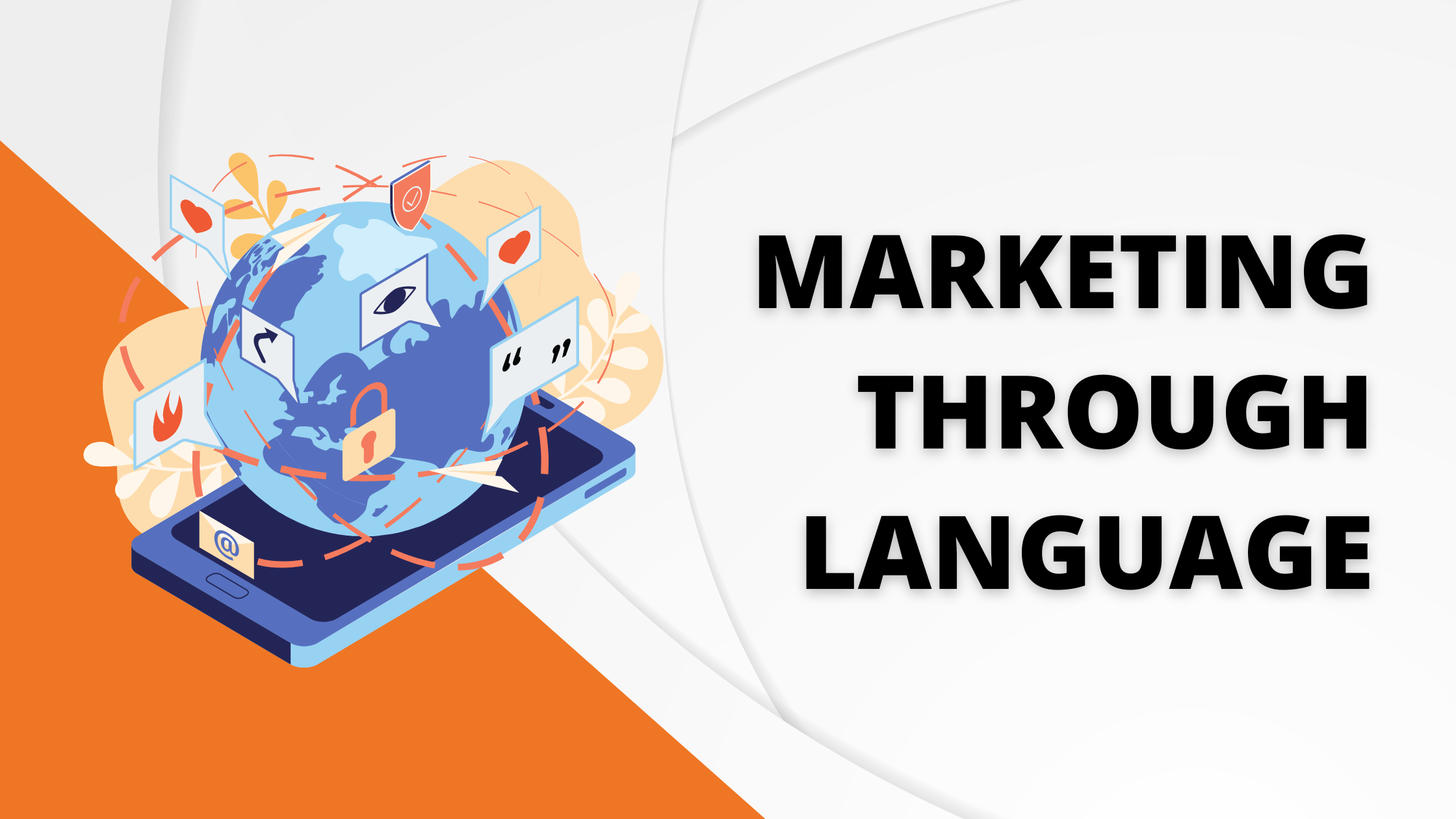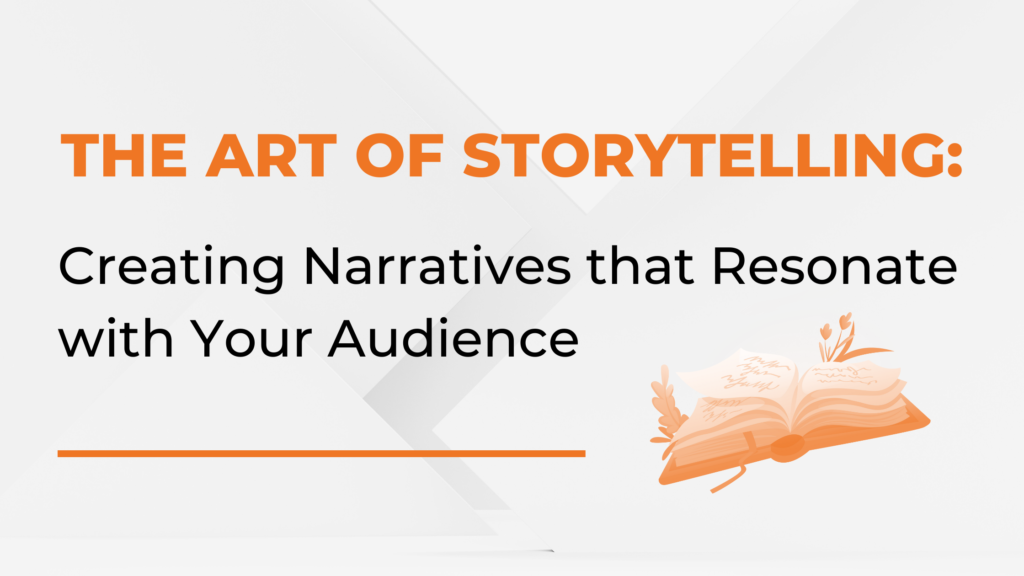Marketing is the process through which a company or brand communicates with potential customers about its products or services. Success in marketing is often measured by the extent to which value is effectively communicated to the audience. Marketing through language involves a deep understanding of the target audience to communicate that value across multiple platforms. Employing the art of language involves considering the association, culture, presentation, and context of words within a message.
Mental Association
Mental association is when a reader imagines your brand based on symbolic or visual association with the words. Figurative language describes concepts while forming an emotional connection with the audience. Intensifiers, “really” or “extremely,” emphasize strong arguments to enhance brand credibility and audience action. These techniques garner a sense of urgency.
Cultural Context
Cultural context informs marketers what type of language best invokes a positive response. One factor to consider is the value of words by nature. Plato’s Cratylus explores the early concept of connotation – the emotional and cultural association of words, such as “classic car” v. “old car.” The first carries a positive connotation of nostalgia, while the other has a more negative one.
Global Presentation
Another consideration includes the global presentation and segmentation of your audience. This tailored approach allows marketers to customize their language for subjects of the mass audience. Different cultures approach concepts with varying levels of disclosure, so marketers must word their language carefully around topics such as mental health and politics. Content translation requires marketers to consider formal and informal language. The Spanish language differentiates between formal and casual forms of “you.” “Usted” is the formal form used to show respect, while “tú” is the casual form used in conversational settings. These distinctions add different tones to a message, conveying respect or informality accordingly.
Digital Context
Digital marketing fosters mass language customization between marketers and customers—the cultural context of language within global marketing. Technological advancements, like artificial intelligence, provide the marketing world with research starting points. However, computer-generated software’s primary limitation lies in its lack of creativity and empathy, hindering AI’s ability to fully engage in the nuanced artistry of language. This underscores the increasing importance of human knowledge in compensating for these limitations
Marketing through language combines strategy with creativity. It is up to the marketer to use language to form a connection between the message and prospective client. To delve deeper into marketing strategies tailored for diverse audiences, explore our blog post on effectively conveying value when targeting different generations.






